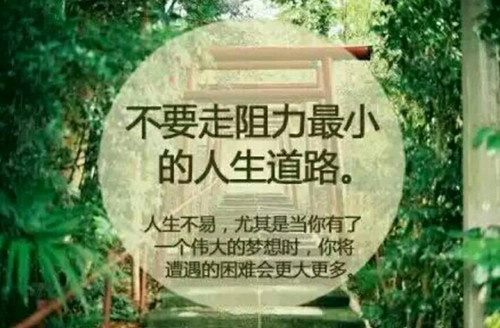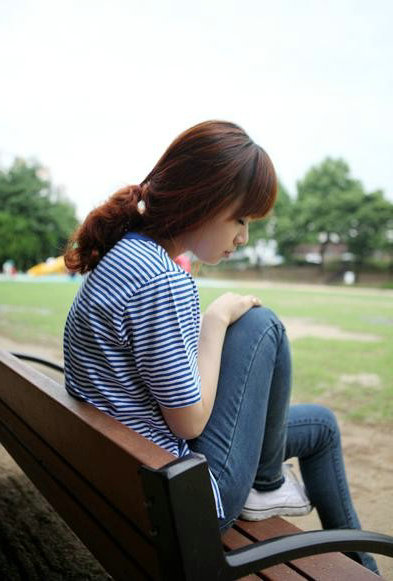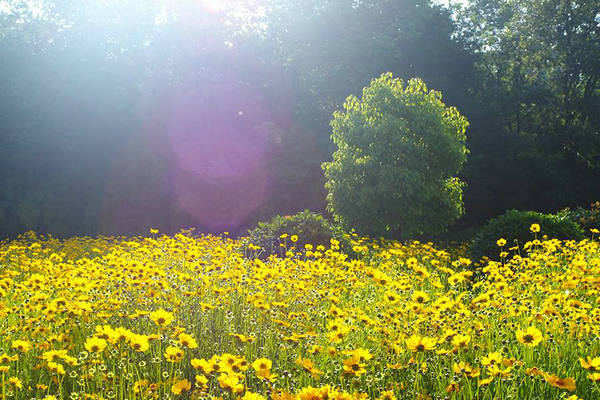
写颐和园的导游词
欢迎各位来到颐和园,这里呢是................,它有................介绍一下各个地方的景色,特点~
写一篇颐和园的导游词
The Summer Palace Situated in the western outskirts of Haidian District, the Summer Palace is 15 kilometers (9.3 miles) from central Beijing. Having the largest royal park and being well preserved, it was designated, in 1960 by the State Council, as a Key Cultural Relics Protection Site of China. Containing examples of the ancient arts, it also has graceful landscapes and magnificent constructions. The Summer Palace is the archetypal Chinese garden, and is ranked amongst the most noted and classical gardens of the world. In 1998, it was listed as one of the World Heritage Sites by UNESCO.Constructed in the Jin Dynasty (1115-1234), during the succeeding reign of feudal emperors; it was extended continuously. By the time of the Qing Dynasty (1644-1911), it had become a luxurious royal garden providing royal families with rest and entertainment. Originally called 'Qingyi Garden' (Garden of Clear Ripples), it was know as one of the famous 'three hills and five gardens' (Longevity Hill, Jade Spring Mountain, and Fragrant Hill; Garden of Clear Ripples, Garden of Everlasting Spring, Garden of Perfection and Brightness, Garden of Tranquility and Brightness, and Garden of Tranquility and Pleasure). Like most of the gardens of Beijing, it could not elude the rampages of the Anglo-French allied force and was destroyed by fire. In 1888, Empress Dowager Cixi embezzled navy funds to reconstruct it for her own benefit, changing its name to Summer Palace (Yiheyuan). She spent most of her later years there, dealing with state affairs and entertaining. In 1900, it suffered again, being ransacked by the Eight-Power Allied Force. After the success of the 1911 Revolution, it was opened to the public.Composed mainly of Longevity Hill and Kunming Lake, The Summer Palace occupies an area of 294 hectares (726.5 acres), three quarters of which is water. Guided by nature, artists designed the gardens exquisitely so that visitors would see marvelous views and be amazed by perfect examples of refined craftwork using the finest materials.Centered on the Tower of Buddhist Incense (Foxiangge) the Summer Palace consists of over 3,000 structures including pavilions, towers, bridges, and corridors. The Summer Palace can be divided into four parts: the court area, front-hill area, front-lake area, and rear-hill and back-lake area.Front-Hill Area: this area is the most magnificent area in the Summer Palace with the most constructions. Its layout is quite distinctive because of the central axis from the yard of Kunming Lake to the hilltop, on which important buildings are positioned including Gate of Dispelling Clouds, Hall of Dispelling Clouds, Hall of Moral Glory, Tower of Buddhist Incense, the Hall of the Sea of Wisdom, etc.Rear-Hill and Back-Lake Area: although the constructions are fewer here, it has a unique landscape, with dense green trees, and winding paths. Visitors can feel a rare tranquility, and elegance. This area includes scenic spots such as Kunming Lake and Back Lake , which presents a tranquil beauty, Garden of Harmonious Interest , built by imitating the layout of Southern China’s classical gardens, and Suzhou Market Street, endowed with a strong flavor of the water town Suzhou.Court Area: this is where Empress Dowager Cixi and Emperor Guangxu met officials, conducted state affairs and rested. Entering the East Palace Gate, visitors may see the main palace buildings: the Hall of Benevolence and Longevity served as the office of the Emperor, the Hall of Jade Ripples where Guangxu lived, the Hall of Joyful Longevity, Cixi's residence, the Garden of Virtue and Harmony where Cixi was entertained, Yiyun House , where once lived the Empress Longyu, and Long Gallery, which measures the longest in Chinese gardens.Front Lake Area: covering a larger part of the Summer Palace, opens up the vista of the lake. A breeze fluttering, waves gleam and willows kiss the ripples of the vast water. In this comfortable area there are the Eastern Bank and Western Bank, Seventeen-Arch Bridge, Nanhu Island, the largest island in Summer Palace, Bronze Ox, an imposing statue beside the lake, and Marble Boat, built in western style with elaborate decorations . On the western bank float six distinct bridges amongst which the Jade-Belt Bridge is the most beautiful.
小学生四年级写颐和园导游词怎么写
各位游客朋友们,大家好
我是你们的导游。
今天我们游览的景点是颐和园。
颐和园是清代皇家园林,始建于1750年,曾两次遭到英法联军和八国联军的抢掠和破坏,但在新中国成立后得到了很好的修缮和保护。
“颐和”是颐养天年、身体健康的意思。
当年,慈禧太后选用“颐和”这个园名,是盼望能够养好自己的身体。
各位游客,颐和园最有名的就是长廊。
看,绿色的柱子,红色的栏杆,一眼望不到头。
这条长廊有七百多米长,分成了273间,每一间的横槛上都画着美丽的图。
但在上千幅图画中,没有哪两幅是相同的。
长廊旁的风景优美,栽满了花木,一种花没谢,另一种花就开了。
我们现在已经来到了万寿山脚下。
好,现在抬头,大家看到那座八角宝塔形的三层建筑了吗
那就是佛香阁。
下面那一排排金碧辉煌的宫殿,就是排云殿。
各位游客,我们现在正在万寿山上。
向下望,颐和园的大半景色尽收眼底。
郁郁葱葱的树丛,掩映着黄的、绿的琉璃瓦屋顶和朱红色的宫墙。
正前面,是昆明湖。
湖上的游船、画舫在湖面上滑过。
向东眺望,隐隐约约地可以望见几座古城和城里的白塔。
从万寿山下来,就是昆明湖了。
昆明湖围着长长的堤岸,堤上有好几座式样不同的石桥,两岸栽着许许多多的垂柳,风光美丽极了
湖中心有个小岛,远远望去,岛上一片葱绿。
我们可以从石桥上走过,去小岛游玩。
好了,现在我们已经来到石桥上了。
这座桥有十七个桥洞,叫十七孔桥。
桥栏杆上有上百根石柱,柱子上雕刻着小狮子。
这么多狮子,没有两只是一样的。
各位游客,今天的旅途到此结束,相信这次旅行一定能为你们留下美好的回忆。
颐和园导游词怎么写
若可以的话,请采纳 尊敬的游客们,大家好
我是你们游——“红蜻蜓”,你们也可以叫我“红导”。
今天,由我带领大家游览美丽如画的颐和园。
预祝大家玩儿得开心
游览前,让我为大家介绍介绍颐和园--它于1794年建成,是清代的皇家园林,也是我国现存规模最大、保存最完整的皇家园林,素有“皇家园林博物馆”的美誉年,它被列入《世界遗产名录》。
现在,让我们可以进入颐和园开始浏览吧。
首先,我带领大家游览长廊。
这条长廊有700多米长,分成273间。
大家看,每一间的横槛上都有五彩的画,画着人物、花草、风景,几千幅画没有哪两幅是相同的。
你们再看,长廊两旁栽植的这些花木,这种花还没谢,那种又开了。
大家感受感受,从昆明湖上吹来的微风,是不是令人神清气爽呀
接下来,让我们游览万寿山。
我们现在的位置是在万寿山的脚下。
大家抬头看,半山腰耸立的那座八角宝塔形三层建筑叫“佛香阁”,那闪闪发光的黄色琉璃瓦是不是很古典呀。
它下面的那一排排金碧辉煌的宫殿叫“排云殿”。
现在,让我们一起登山吧……这里就是佛香阁,你们向下望,那尽收眼底的美景,够美吧
大家看正前方,静得像面镜子,绿得像块碧玉的就是昆明湖。
之所以说它静,是因为当游船、画舫在湖面慢慢地滑过时,几乎不留一点儿痕迹。
大家再向东远眺,是不是隐隐约约可以望见几座古老的城楼和城里的白塔
那可是一种难得的朦胧美哟
最后,我带领大家游览昆明湖。
我们可以用一句诗来描绘这里的美景:“湖围长堤岸,堤岸杨柳垂”。
先看看那几座式样不同的石桥,再看看美丽的湖心岛,大家是不是想快点登岛观赏美景
让们现在沿着石桥登岛吧……大家注意看,脚下这座石桥有十七个桥洞,它有一个有趣的名字叫“十七孔桥”。
大家仔细看,桥栏石柱雕刻着的这些成千上万的小狮子,它们不仅姿态不一,而且没有哪两只是相同的。
你们说神奇不神奇
游客们,颐和园处处是美景,说也说不尽。
由于时间关系,今天我的解说到此结束,祝大家旅途愉快,万事如意



